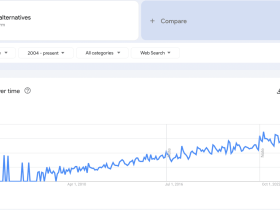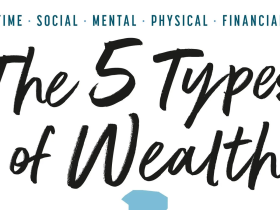Ever wonder what happens when business leaders lose touch with their customers? Here’s a story that perfectly captures this common pitfall.
Back in 1977, British Rail had a problem. Passenger numbers were dropping, and nobody in the executive suite could figure out why. Their solution? The classic move of blaming marketing and hunting for a new advertising agency.
Enter Allen Brady Marsh (ABM), a smaller agency competing against the big players for this prestigious account. Their creative director, Peter Marsh, knew they needed something different to stand out. So he orchestrated what might be the boldest pitch meeting in advertising history.
Picture this: British Rail’s executives arrive at ABM’s office for their scheduled meeting. But instead of the polished reception they expect, they find… nothing. An empty desk. Dirty furniture. Cigarette butts scattered across the floor. After ten excruciating minutes, a receptionist finally appears – only to completely ignore them.

When Sir Peter Parker, British Rail’s chairman, tries to get her attention, she brushes him off with a dismissive “Don’t you see I’m busy?” Just as the fuming executives turn to leave, Peter Marsh emerges with a smile and delivers the knockout line: “Gentlemen, you’ve just experienced what the public’s impression of British Rail is. Now, let’s show you how we’re going to turn that around.”
The result? ABM won the account and kept British Rail as a client for over a decade.
But this story isn’t just about a clever pitch. It reveals something deeper: the dangerous gap that often forms between what businesses think they’re delivering and what customers actually experience.
Think about it. Those British Rail executives were making decisions from comfortable boardrooms, viewing customers as mere numbers on spreadsheets. They had one version of British Rail in their minds. Their customers had a very different one. And that disconnect was costing them dearly.
This pattern repeats itself across businesses of all sizes. Remember Domino’s Pizza’s bold move in 2009? They’d built their empire on “30 minutes or free” delivery, but somewhere along the way, they became obsessed with internal metrics – cost-cutting, profit margins, expansion plans. The result? Their pizza quality plummeted.
But here’s where Domino’s got it right. Instead of hiding from the problem, they faced it head-on. They acknowledged their pizza tasted terrible and publicly committed to fixing it. Their stock price? It jumped from $9 to $400 after they realigned their goals with customer expectations.

The lesson is clear: businesses often fall into the trap of self-centered thinking. They fill their websites with stories about their amazing capabilities, their fantastic office culture, their inspiring mission statements. Meanwhile, potential customers are asking one simple question: “What’s in it for me?”
This “Goal Gap” shows up everywhere – in marketing messages, product development, customer service. It’s like those people who post endless selfies on LinkedIn. Nobody cares about your story unless it connects to theirs.
Here’s a thought experiment worth trying: Imagine if someone gave your customers the ABM treatment tomorrow. What would they experience when interacting with your brand? Would they see a business focused on helping them achieve their goals? Or would they find a company too busy talking about itself to notice their needs?
Success in business isn’t just about having great products or services. It’s about understanding the gap between how you see your business and how your customers experience it. Every touchpoint – your website, your content, your product – should make one thing crystal clear: your customer is the hero of this story, not your brand.
After all, in business as in life, the moment you stop making it all about yourself is often the moment you start truly connecting with others.





